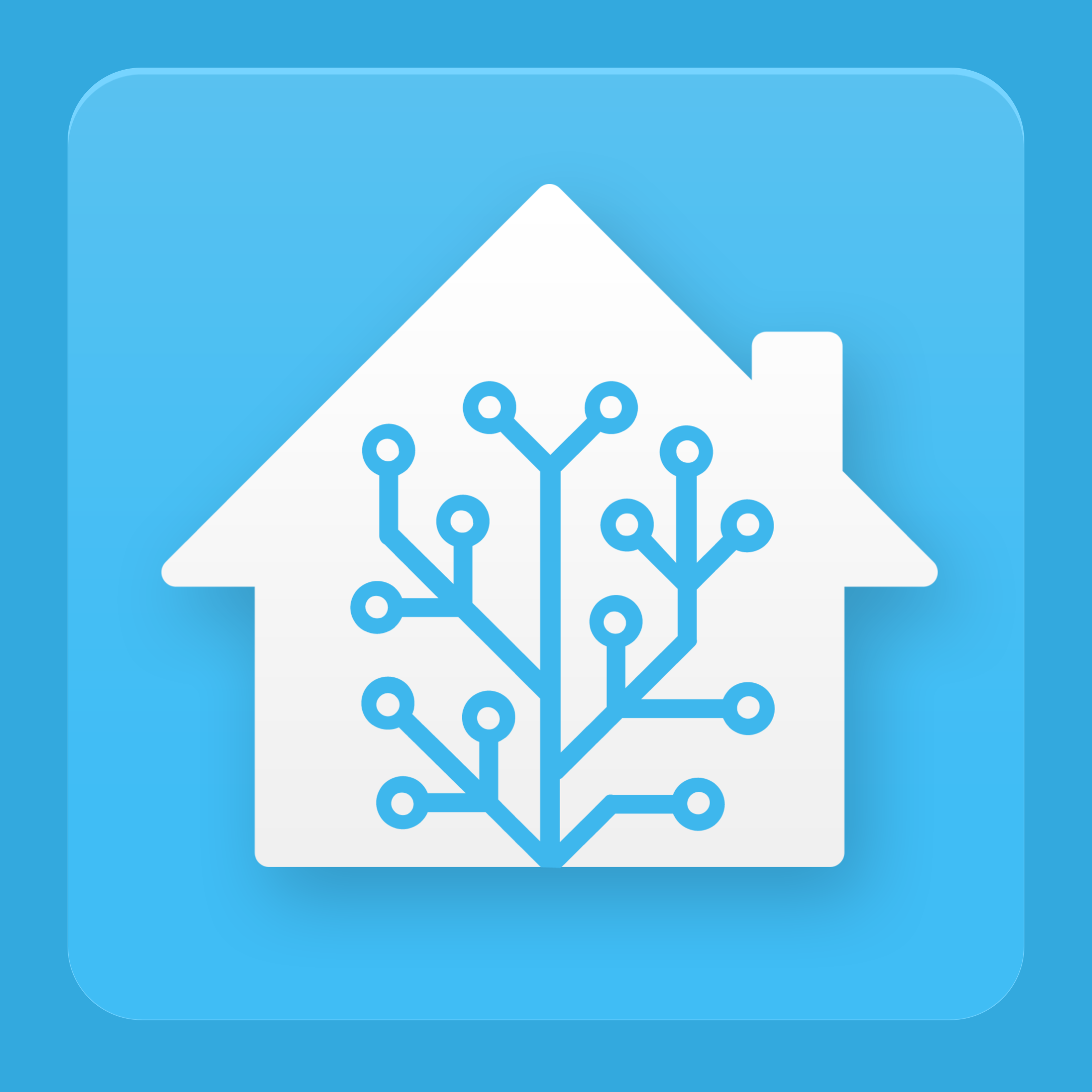

If you try it (which I very much recommend!), don’t be afraid to ask for help and further try not to be discouraged if the wrong type of person (eg “read the manual noob” type people) respond. The Linux community is full of both the most helpful and most elitist type of people, and an unfortunate amount of new users get scared away by the second group.









If your data is very important you should definitely prioritize implementing your backup for at least the most important stuff. You could probably move it over, but in case something happens your data will most likely be gone, or best case very hard to recover.
Fedora is a great distro, but they are decidedly bleeding edge on purpose and IMO not the best choice for a server hosting critical data.
A better option would be running a hypervisor like proxmox (you can even convert your existing Debian install, but I havent tried this personally) and passing your GPU to a virtual machine that runs fedora.
This gives you both a very stable environment for your data and and a bleeding edge environment where your hardware decoding likely works great. I do this exact thing personally and it works great.